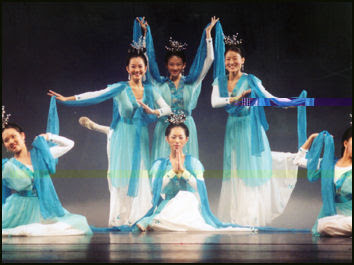The United Nations (UN) is an international organization whose stated aims are facilitating cooperation in international law, international security, economic development, social progress, human rights, and achievement of world peace. The UN was founded in 1945 after World War II to replace the League of Nations, to stop wars between countries, and to provide a platform for dialogue. It contains multiple subsidiary organizations to carry out its missions.
There are currently 193 member states, including every internationally recognised sovereign state in the world but the Vatican City. From its offices around the world, the UN and its specialized agencies decide on substantive and administrative issues in regular meetings held throughout the year. The organization has six principal organs: the General Assembly (the main deliberative assembly); the Security Council (for deciding certain resolutions for peace and security); the Economic and Social Council (for assisting in promoting international economic and social cooperation and development); the Secretariat (for providing studies, information, and facilities needed by the UN); the International Court of Justice (the primary judicial organ); and the United Nations Trusteeship Council (which is currently inactive). Other prominent UN System agencies include the World Health Organization (WHO), the World Food Programme (WFP) and United Nations Children's Fund (UNICEF). The UN's most visible public figure is the Secretary-General, currently Ban Ki-moon of South Korea, who attained the post in 2007.
HISTORY OF UNITED NATIONS
The League of Nations failed to prevent World War II (1939–1945). Because of the widespread recognition that humankind could not afford a third world war, the United Nations was established to replace the flawed League of Nations in 1945 in order to maintain international peace and promote cooperation in solving international economic, social and humanitarian problems. The earliest concrete plan for a new world organization was begun under the aegis of the U.S. State Department in 1939. Franklin D. Roosevelt first coined the term 'United Nations' as a term to describe the Allied countries. The term was first officially used on 1 January 1942, when 26 governments signed the Atlantic Charter, pledging to continue the war effort. On 25 April 1945, the UN Conference on International Organization began in San Francisco, attended by 50 governments and a number of non-governmental organizations involved in drafting the United Nations Charter. The UN officially came into existence on 24 October 1945 upon ratification of the Charter by the five permanent members of the Security Council—France, the Republic of China, the Soviet Union, the United Kingdom and the United States—and by a majority of the other 46 signatories. The first meetings of the General Assembly, with 51 nations represented, and the Security Council, took place in Westminster Central Hall in London in January 1946.
The organization was based at the Sperry Gyroscope Corporation's facility in Lake Success, New York, from 1946–1952, before moving to the United Nations Headquarters building in Manhattan upon its completion.
Since its creation, there has been controversy and criticism of the United Nations. In the United States, an early opponent of the UN was the John Birch Society, which began a "get US out of the UN" campaign in 1959, charging that the UN's aim was to establish a "One World Government." After the Second World War, the French Committee of National Liberation was late to be recognized by the US as the government of France, and so the country was initially excluded from the conferences that aimed at creating the new organization. Charles de Gaulle criticized the UN, famously calling it le machin ("the thing"), and was not convinced that a global security alliance would help maintain world peace, preferring direct defence treaties between countries.



















